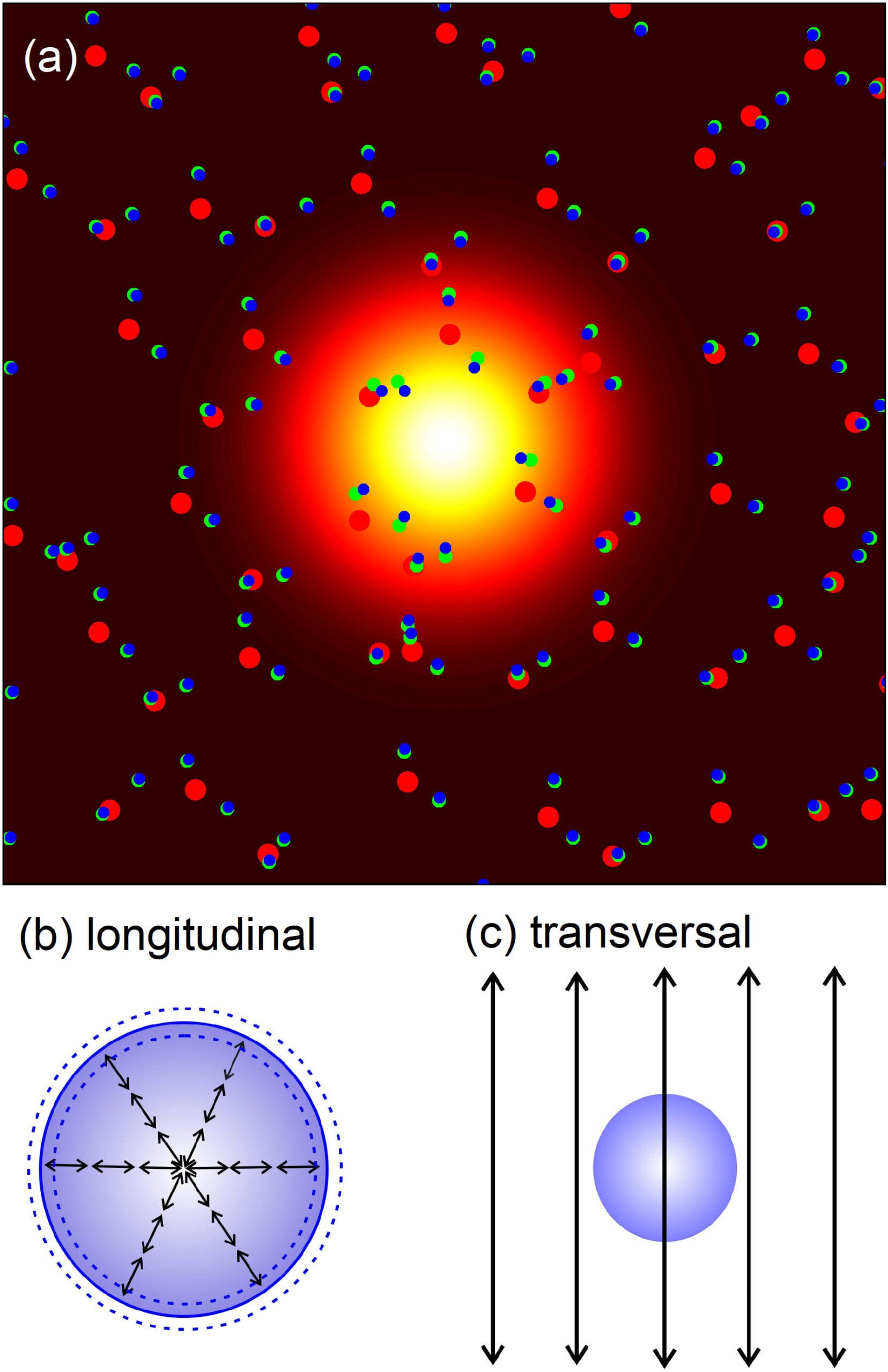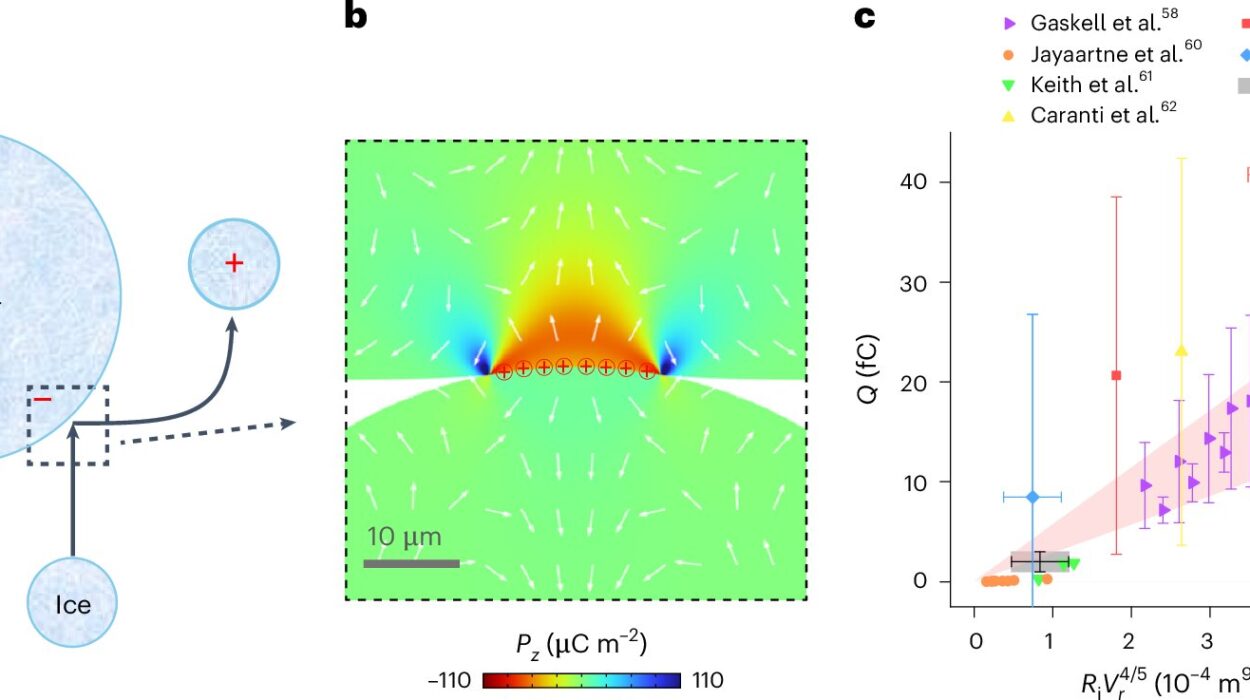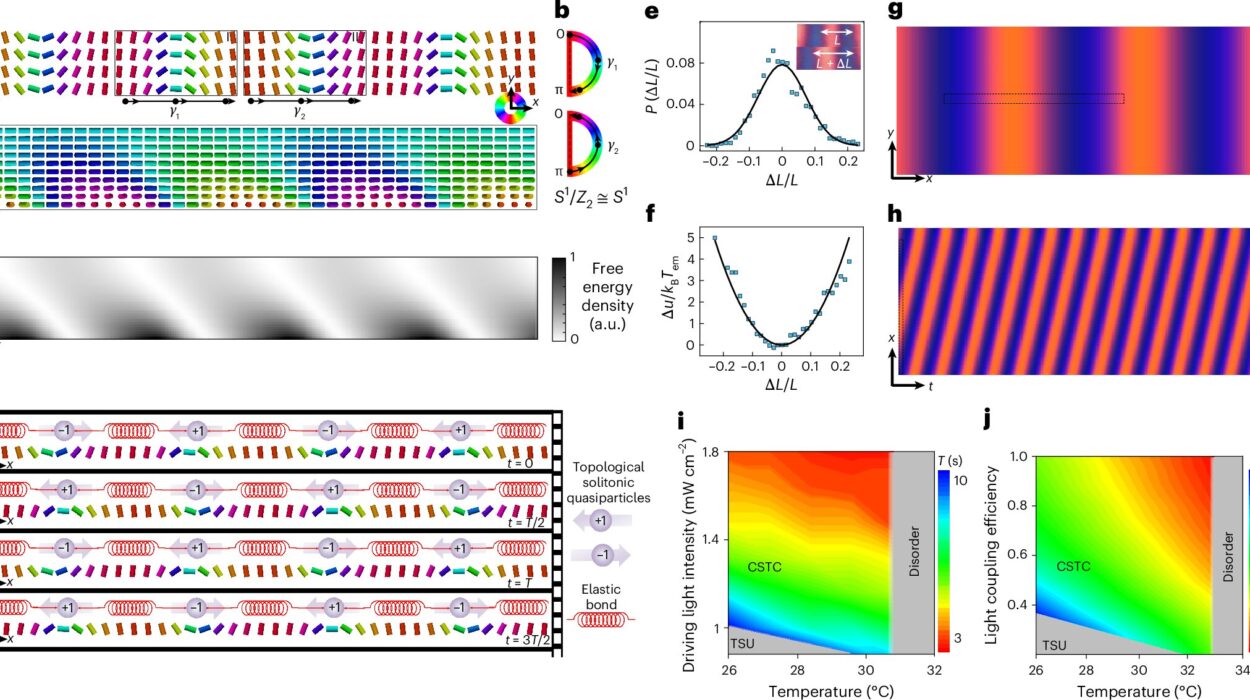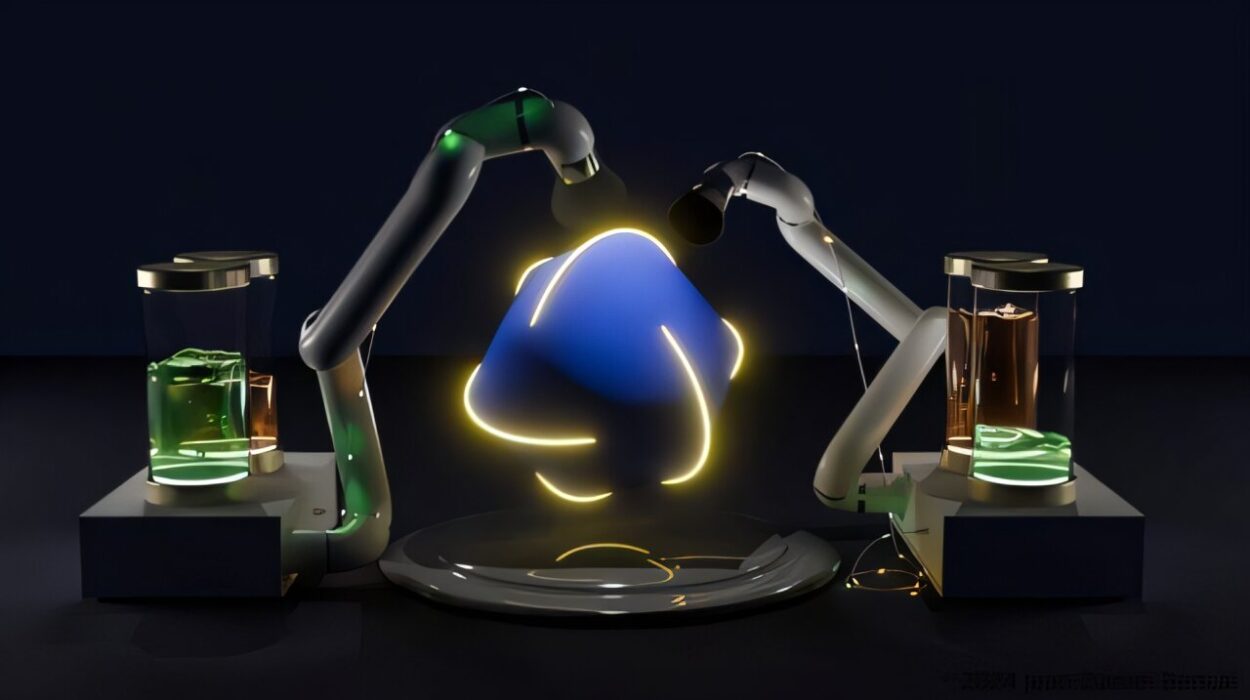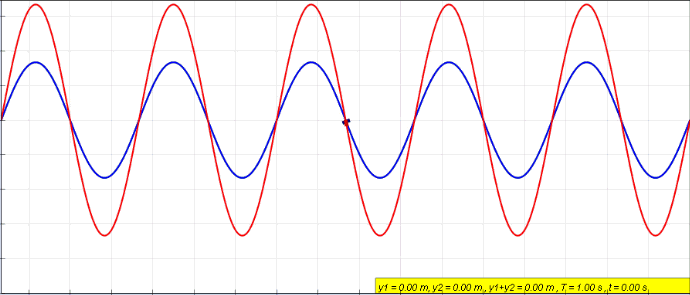Scientists have long known that polar liquids—like water and alcohols—contain molecules that jostle, twist, and align under the influence of electric fields. These motions shape how the liquids absorb microwaves, conduct charge, and respond to electromagnetic fields. Yet, the exact nature of their internal choreography has remained largely mysterious. Now, researchers from the Max Born Institute in Berlin have cracked open that hidden world using flashes of ultrafast laser light—and in the process, they’ve discovered how electrons can generate molecular shockwaves that pulse for more than a hundred trillionths of a second.
Published in Physical Review Research, the new findings mark a significant step toward understanding and ultimately controlling the electric behavior of liquids on the nanoscale. By watching how electrons and molecules interact in real time, scientists have revealed a kind of molecular “heartbeat” rippling through these liquids—a coherent, collective vibration triggered by the sudden appearance of an electron.
Creating Electrons at Light Speed
The experiments began with a dazzlingly precise technique known as ultrafast spectroscopy. Researchers blasted a polar liquid with an intense femtosecond light pulse—one so brief that a billion of them could fit in a single second. The energy from the pulse ionized the liquid’s molecules, ejecting electrons and sending them racing through their liquid surroundings.
But this electron didn’t remain a free agent for long. Within a few hundred femtoseconds, it became localized—a quantum particle trapped in a molecular embrace, surrounded by thousands of nearby molecules within a nanometer-scale cloud. This molecular cloud acts like a tiny liquid bubble, curved around the electron, shaped by the interplay of electrical forces.
And then something remarkable happened: the entire molecular cloud began to vibrate.
A Nano-Heartbeat in a Sea of Molecules
These vibrations, known as polaron oscillations, are not just jostling molecules—they are collective, synchronized movements of thousands of dipolar molecules. Imagine tossing a pebble into a pond and seeing concentric ripples form. Now shrink that scene down to the nanoscale, and instead of water ripples, think of molecules breathing in and out in a coordinated spherical rhythm around a newly trapped electron.
The key discovery? These oscillations expand and contract radially—that is, outward and inward like a pulsating sphere—without significant interference from the surrounding liquid. The researchers found that these vibrations could persist coherently for more than 100 picoseconds, an astonishingly long time in molecular terms. Even more surprising, the radial polaron oscillations appear to be decoupled from both the environment outside the molecular cloud and from other nearby electron-induced clouds.
Each cloud vibrates to its own rhythm, independent and self-contained—like thousands of tiny drumbeats playing in harmony but without interfering with one another.
Not All Vibrations Are Equal
The new findings also revealed a sharp contrast between two different types of molecular motion triggered by the electrons: radial (longitudinal) and transversal (lateral) excitations.
Radial motions, responsible for the polaron resonance, are highly localized within the spherical electron cloud. These vibrations depend only on the concentration of electrons created by a single excitation pulse. In a clever two-pulse experiment, the researchers created electrons in two steps—once with each pulse. But intriguingly, the polaron frequency remained unchanged after the second pulse, even though the total number of electrons had doubled. This meant that each vibrating cloud behaved like a sovereign system, barely aware of its neighbors.
In contrast, transversal excitations—more like a sweeping sideways motion across the liquid—did stack together. The total THz (terahertz) absorption changed stepwise with the addition of more electrons, reflecting a broader, more collective interaction across the liquid. These transversal excitations showed additive behavior on a macroscopic scale, suggesting that while localized radial vibrations remain individual, lateral excitations speak in a louder, shared voice.
Manipulating the Molecular Chorus
To deepen their understanding, the researchers conducted a second, complementary study—this time in collaboration with scientists from the United States and the United Kingdom. Published in Physical Review A, this study explored whether the unique electrical behaviors of different polar liquids could be tuned to match each other by carefully controlling the electron concentration.
And they succeeded. By adjusting the density of electrons in various alcohols, the team managed to create identical polaron oscillation frequencies and line shapes across liquids with otherwise distinct molecular properties. In effect, they “faked” the identity of one liquid using another—an approach dubbed the “driven impostor” technique.
This ability to harmonize the electrical responses of dissimilar liquids opens up new possibilities in material science. Imagine creating a liquid with tailor-made properties for a specific application—perhaps one that mimics water’s dielectric behavior but resists freezing, or an alcohol that behaves like a semiconductor fluid under the right conditions. The potential applications span optoelectronics, sensors, and quantum information processing.
A New Frontier in Liquid Science
The discoveries challenge long-held assumptions about how liquids behave on microscopic timescales and distances. For decades, scientists have understood polar liquids largely in terms of thermal motion and statistical averages. But this research peels back the curtain on something deeper: a coherent, collective behavior—a kind of short-lived order—that emerges in the chaotic thermal environment of a liquid.
Even more striking is the concept that these collective motions can be both localized and long-lasting, suggesting that liquids may support information-rich dynamics previously thought possible only in solids or gases. In the realm of high-speed information technology, this opens up provocative ideas about storing, transmitting, or manipulating information not in wires or chips—but in fluidic nanostructures, shaped and driven by light.
Vibrations That Tell a Bigger Story
At its core, this research reveals that electrons in liquids do far more than just carry charge. They reshape their environment, choreographing thousands of molecules into a resonant, breathing dance. These molecular waves—so fast and fleeting—carry vital clues about the electrical behavior of matter at its most fundamental level.
And yet, this is only the beginning. As ultrafast laser techniques continue to evolve, scientists are poised to capture even more intricate snapshots of molecular dynamics, peering into the secret rhythms of nature that govern chemistry, biology, and materials science.
What emerges is not just a deeper understanding of how electrons behave in liquids, but a tantalizing hint at how we might one day design entirely new kinds of matter—responsive, programmable, and alive with motion.
The liquid world, it turns out, is not as shapeless or passive as it seems. Under the right light, it sings.
More information: Matthias Runge et al, Ultrafast longitudinal and transverse dielectric response of collective polar modes in liquids, Physical Review Research (2025). DOI: 10.1103/45×5-vztx
Gerard McCaul et al, Tuning the terahertz response of liquids by creating polar many-body excitations, Physical Review A (2025). DOI: 10.1103/qbqx-zcsx
